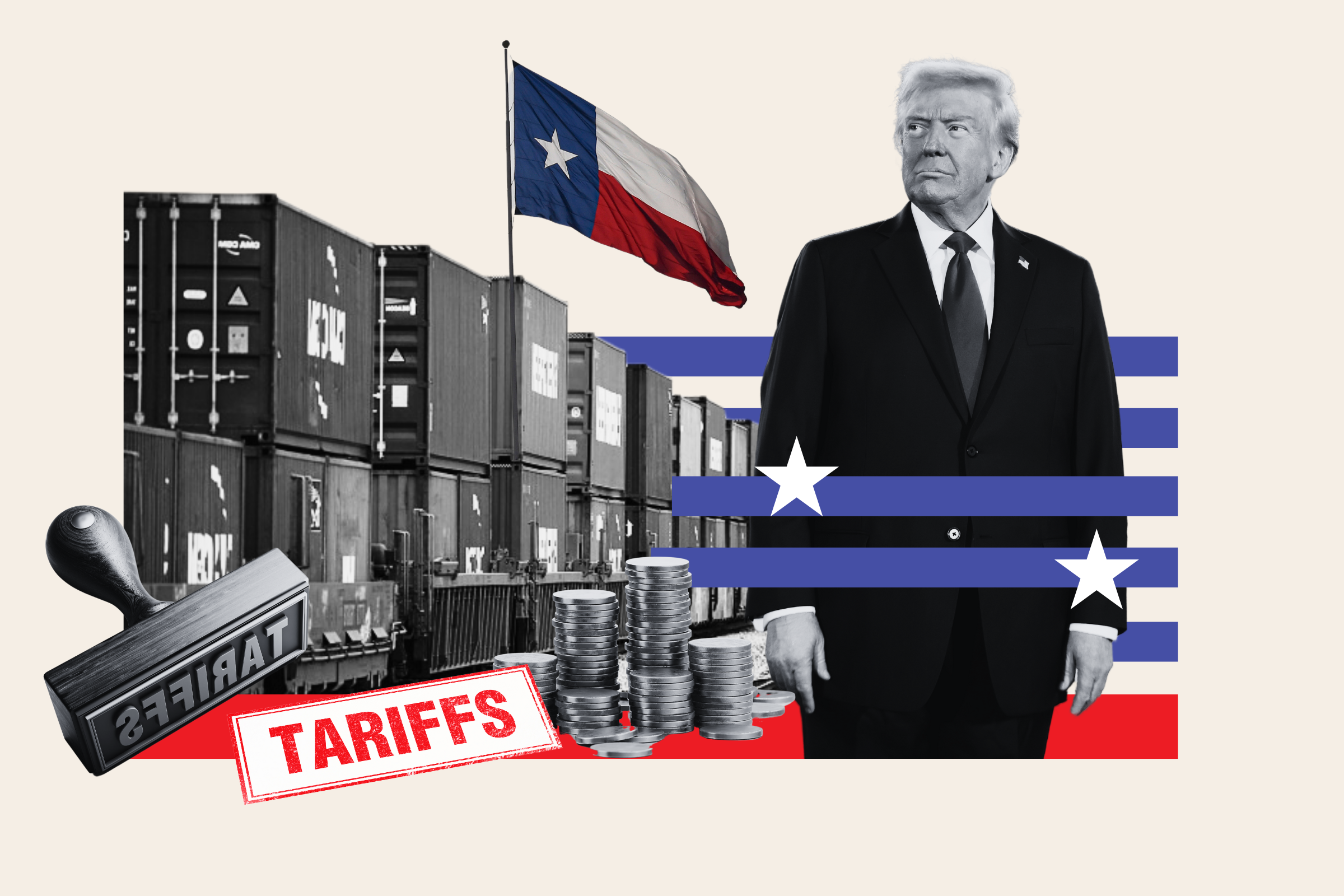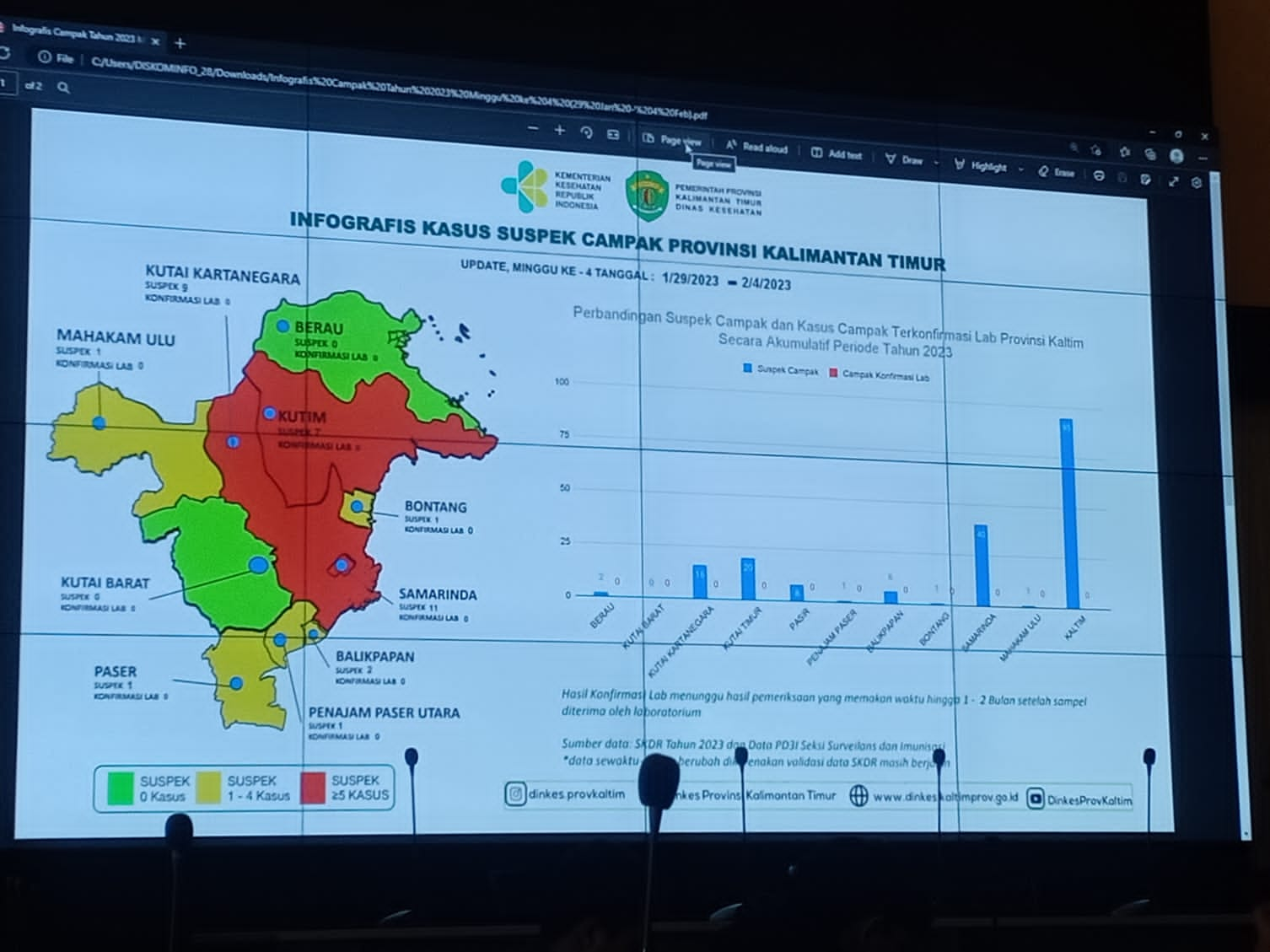US Imposes New Tariffs On Southeast Asian Solar Imports: A Detailed Analysis

Table of Contents
Reasons Behind the New US Solar Tariffs
The US government's justification for these tariffs centers on allegations of unfair trade practices and circumvention of previous tariffs imposed on Chinese solar panel manufacturers. The administration argues that Southeast Asian companies are acting as intermediaries, effectively circumventing earlier duties and undermining the intended protection for American solar producers.
- Allegations of tariff evasion: The investigation alleges that Chinese manufacturers are shifting production to Southeast Asian countries to avoid existing tariffs, thus maintaining their competitive edge in the US market. This practice is viewed as a form of unfair trade, harming domestic US solar manufacturers.
- Concerns about foreign reliance: The US government expresses concern about over-reliance on foreign manufacturers for solar panels, highlighting national security risks associated with a concentrated supply chain. Diversifying the supply chain is seen as crucial for energy independence.
- Protectionist measures: These tariffs are undeniably a protectionist measure designed to shield domestic US solar panel manufacturers from foreign competition. The aim is to bolster domestic production and job creation within the US solar sector.
- National security implications: The dependence on foreign solar panel suppliers raises concerns about supply chain vulnerabilities. The tariffs aim to encourage domestic manufacturing and reduce reliance on potentially unreliable foreign sources.
Southeast Asian Countries Affected
Several Southeast Asian nations are significantly impacted by these US solar tariffs, facing reduced exports and economic disruption. The countries most affected include Cambodia, Malaysia, Thailand, and Vietnam, all of which have become major players in the global solar panel supply chain.
- Specific tariff rates: The exact tariff rates vary depending on the country and the type of solar product. These rates are substantial enough to significantly increase the cost of imported solar panels to US buyers.
- Economic impact: The impact on the respective solar industries in these countries is considerable, leading to potential job losses and reduced investment in the sector. These nations may need to diversify their export markets to mitigate the economic fallout.
- Government responses: The affected Southeast Asian governments have responded with varying degrees of concern and are likely to explore diplomatic channels to address the issue with the US. Some may consider retaliatory measures.
Impact on the US Solar Industry
The impact of these US solar tariffs on the domestic solar industry is complex and multifaceted. While intended to bolster domestic production, the tariffs may also hinder the overall growth of solar energy in the US.
- Short-term price increases: Consumers will likely face higher prices for solar panels in the short term due to the increased cost of imports. This could slow down the adoption of solar energy.
- Impact on US solar installation projects: The higher prices and potential supply chain disruptions could delay or even cancel some solar installation projects, especially larger-scale utility projects.
- Potential job creation: The tariffs could potentially lead to job creation in the US solar manufacturing sector, although the extent of this is uncertain and depends on the ability of domestic manufacturers to scale up production rapidly.
- Long-term competitiveness: The long-term competitiveness of the US solar industry hinges on its ability to become cost-competitive with global manufacturers without relying solely on protectionist measures.
Global Implications and the Future of Solar Energy
The US decision to impose these tariffs has significant global implications for the solar industry, potentially triggering a wave of protectionist measures from other countries and disrupting the global supply chain.
- Potential for retaliatory tariffs: Other countries may impose retaliatory tariffs on US goods, escalating trade tensions and harming the global economy.
- Impact on the global supply chain: The disruption of the global solar supply chain could lead to shortages, higher prices, and delays in renewable energy projects worldwide.
- Long-term effects on renewable energy growth: These protectionist measures could impede the growth of renewable energy globally, undermining efforts to combat climate change.
- Implications for international trade agreements: The tariffs raise questions about the effectiveness of existing international trade agreements and the future of global cooperation on trade and climate change.
Alternative Solutions and Policy Recommendations
Instead of relying solely on tariffs, the US could explore alternative policies to support domestic solar manufacturing and enhance energy security.
- Government investment in R&D: Increased government investment in research and development could boost the competitiveness of US solar technology.
- Tax incentives for US producers: Tax incentives and subsidies could make US solar panel production more economically viable.
- Strengthening trade alliances: Strengthening trade alliances with reliable solar panel suppliers could ensure a stable and diverse supply chain.
- Negotiating fair trade agreements: Negotiating trade agreements that promote fair competition and discourage unfair trade practices is crucial.
Conclusion
The US government's decision to impose new tariffs on Southeast Asian solar imports has far-reaching implications for both the domestic and global solar energy industries. While intended to protect US businesses, the impact may lead to higher prices, project delays, and potential disruptions to the global renewable energy market. The complexities of the global solar supply chain and the potential for retaliatory measures underscore the need for a nuanced and comprehensive approach to supporting domestic manufacturing while promoting global cooperation on renewable energy development.
Call to Action: Stay informed about the evolving situation surrounding US solar tariffs and their impact on the industry. Continue to research the effects of US solar tariffs and their influence on Southeast Asian solar imports to fully understand this complex issue and advocate for policies that promote both domestic growth and global cooperation in the transition to renewable energy.

Featured Posts
-
 Deborra Lee Furness On Hugh Jackman Marriage Breakdown Gratitude And Resilience
May 30, 2025
Deborra Lee Furness On Hugh Jackman Marriage Breakdown Gratitude And Resilience
May 30, 2025 -
 Imunisasi Anak Rendah Kasus Suspek Campak Di Pohuwato Melonjak Peringatan Dinkes Gorontalo
May 30, 2025
Imunisasi Anak Rendah Kasus Suspek Campak Di Pohuwato Melonjak Peringatan Dinkes Gorontalo
May 30, 2025 -
 Prezydent 2025 Nowa Strategia Wyborcza Mentzena
May 30, 2025
Prezydent 2025 Nowa Strategia Wyborcza Mentzena
May 30, 2025 -
 Loeil De Philippe Caveriviere 24 Avril 2025 Integrale Avec Philippe Tabarot
May 30, 2025
Loeil De Philippe Caveriviere 24 Avril 2025 Integrale Avec Philippe Tabarot
May 30, 2025 -
 What If Exploring A Potential Pacific Rim Sequel From Guillermo Del Toro
May 30, 2025
What If Exploring A Potential Pacific Rim Sequel From Guillermo Del Toro
May 30, 2025
